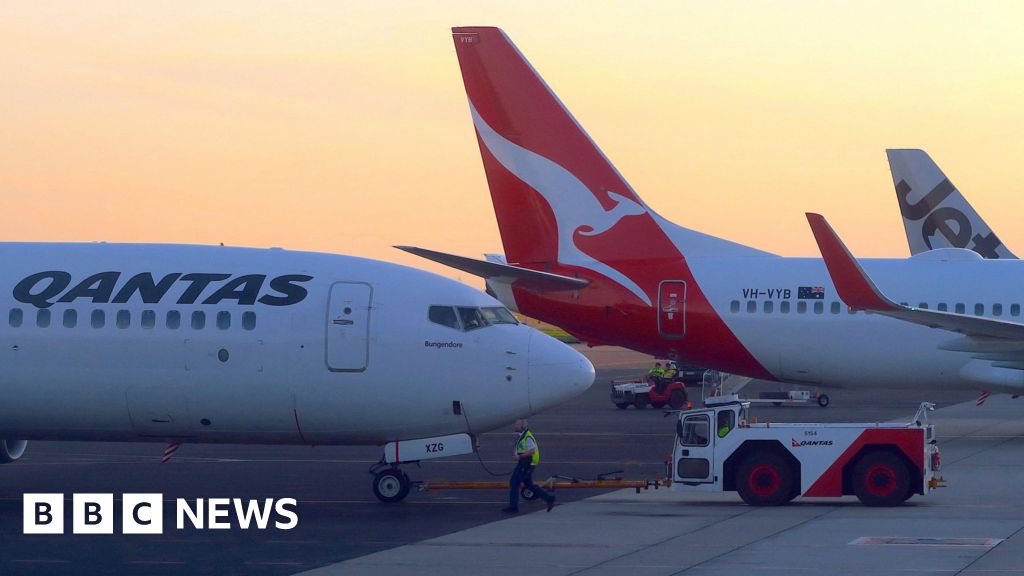Unlock the Editor’s Digest for free
Roula Khalaf, Editor of the FT, selects her favourite stories in this weekly newsletter.
Indonesia’s central bank is “ready for the worst” and will provide more support for the rupiah if needed, the head of its monetary management department has said.
Bank Indonesia was prepared to intervene in the currency market — as it did last month when the rupiah hit multiyear lows — but would not rely solely on intervention, Edi Susianto, the monetary department’s executive director, told the Financial Times.
Susianto’s comments come as Asian economies brace for more currency volatility following the US Federal Reserve’s signal this month that it will hold interest rates higher for longer.
Bank Indonesia raised rates unexpectedly late last month and warned of worsening global risks, saying the rate increase was a pre-emptive move to ensure inflation remained within its target.
Indonesia was facing an “unusually” challenging environment from global and domestic factors, Susianto said in an interview.
“We believe that we are ready for the worst situation” of a more hawkish Fed and heightened geopolitical tensions in the Middle East, he said.
Countries around the world are trying to protect their currencies from a strengthening dollar amid growing expectations the Fed will delay cutting interest rates while inflation stays stubbornly above its 2 per cent target.
Bank Indonesia in April stepped into the spot, non-deliverable forwards and bond markets in a “triple intervention” to support the rupiah, Susianto said. The government also asked state-owned enterprises to limit their US dollar purchases.
Japan and Vietnam have also intervened to support their currencies, while the central banks of Malaysia and South Korea have said they are prepared to do so.
Adding to the wider pressure from a stronger dollar, Indonesia was also experiencing a cycle of dividend repatriation, Susianto said.
He said the repatriation by foreign companies, which has further boosted demand for the dollar, was expected to last until the end of May, after which the rupiah would become “more manageable”.
Since last month’s rate rise, Indonesia had noted net foreign inflows into government bonds and central bank bills, Susianto said.
Separately, central bank governor Perry Warjiyo told a news conference on Friday that it would auction rupiah securities twice a week — instead of once — from this week to attract more inflows.
Susianto said the bank was encouraging companies to use hedging instruments and pursuing efforts to deepen the market so there would be less need for central bank intervention.
Any future monetary policy action would be “data dependent”, said Susianto, declining to comment on whether the bank was prepared to raise rates further.
Before last month’s rate uplift, economists had widely expected Bank Indonesia to begin cutting rates from later this year, though some now believe the easing may not happen.
Brian Lee, an economist with Maybank Investment Banking Group, said he did not rule out another rate increase, even though the rupiah had strengthened since the surprise increase last month.
“Our base case is for the BI to maintain its policy rate at 6.25 per cent this year to safeguard rupiah stability. It’s unlikely that BI will be able to cut interest rates, given that the central bank expects the Fed to cut only in December,” said Lee.
“A resumption of rupiah’s depreciation, at the pace seen during the lead-up to April’s meeting, may trigger another BI rate hike.”
Credit: Source link










